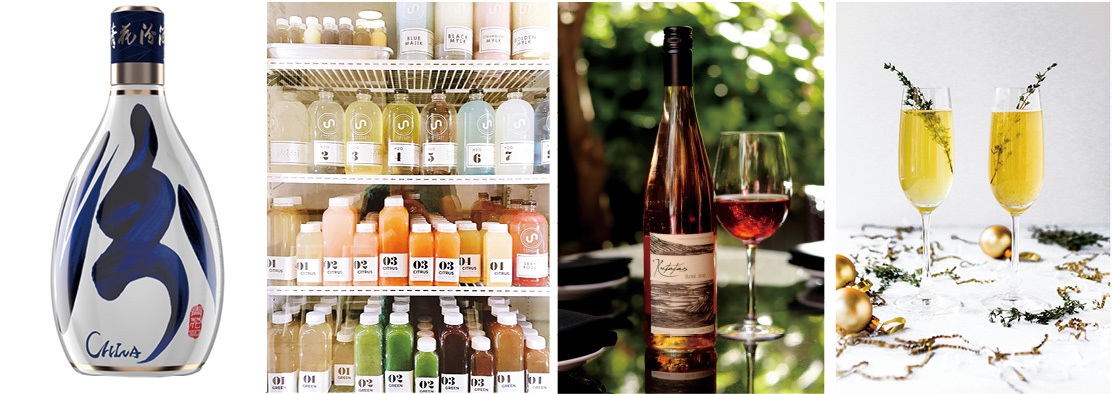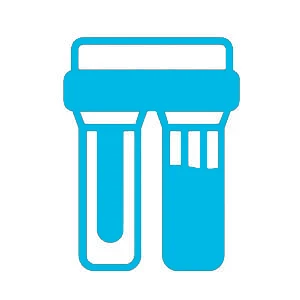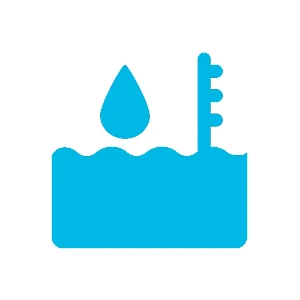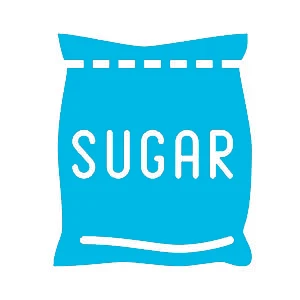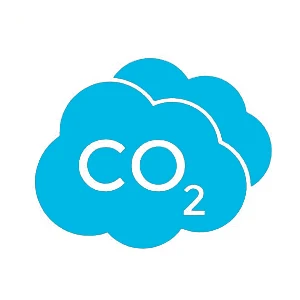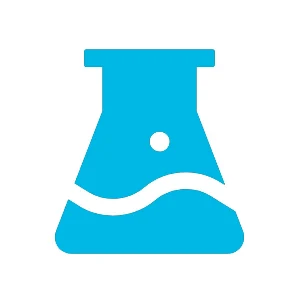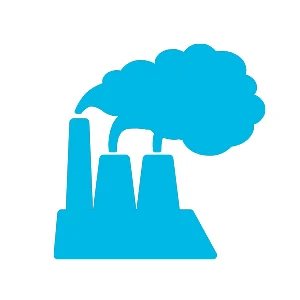Applications
Contact Us
Office Add:Room201,Unit2,Building7th,Huarunyuefu,No.27ChangxingSd, Wanbailin District,Taiyuan,Shanxi PR.China.
6.Decolorization In The Beverage, Brewing And Fermentation Industries
Activated carbon enhances the clarity and flavor stability of wine through the synergistic effect of physical adsorption (pore retention of pigment macromolecules) and chemical adsorption (surface functional groups binding polar impurities). Activated carbon in the beverage and alcohol industry is not only a "cleaner", but also a guardian of flavor - from adsorbing OTA to ensure safety and locking in aldehydes to enhance taste, its innovative applications continuously drive the industry towards pure purification and high value.
|
The application of activated carbon in the beverage and brewing industries |
|||||
|
Application area |
Target substance |
Activated carbon form |
Key process parameters |
Effectiveness index |
|
|
Liquor and alcoholic beverage |
Wine OTA removal |
Ochratoxin A |
Enoblack PF |
20-100 g/hL, add directly |
The OTA removal rate is over 90% |
|
Removing turbidity from low-alcohol liquor |
Ethyl ester of higher fatty acids |
Coconut shell based GAD |
Dynamic column, flow rate 1.5 BV/h |
Turbidity ≤0.5 NTU at -15℃ |
|
|
Purification of beer dilution water |
Residual chlorine, organic matter |
Coal based Pellet |
After sand filtration and adsorption, dissolved oxygen ≤0.01 mg/L |
Zero new turbidity added |
|
|
Removal of biological amines in yellow wine |
Histamine, putrescine |
Surface-modified carbon |
pH 6.5, dosage of 0.2% |
The total amount of biogenic amines decreased by 60% |
|
|
Beverages and ferments |
Apple juice decolorizes |
Polyphenol oxidation polymer |
Powdered fruit shell carbon |
Add 0.1% and stir at 40℃ for 30 minutes |
Light transmittance >95% |
|
Purification of dodecarboxylic acid |
Fermentation pigment |
Mesoporous special carbon |
Static adsorption, recovery rate optimization |
The pigment adsorption rate is over 85% |
|
|
Seafood enzymatic hydrolysate for deodorization |
Aldehyde odor molecules |
GAC PELLET |
pH 3.0, 20℃, flow rate 2 BV/h |
The deodorization rate is over 80%, and the amino acid loss is less than 20% |
|
|
Functional syrup decolorization |
5-hydroxymethylfurfural (HMF) |
Coconut shell based carbon fixed bed |
69.5℃, flow rate 0.9 BV/h, pH 5.1 |
The removal rate of HMF was 87.05% |
|
